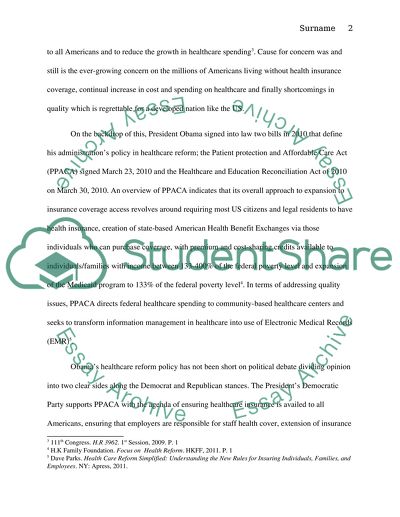Cite this document
(“Current Healthcare Reforms in the USA Research Paper”, n.d.)
Retrieved from https://studentshare.org/health-sciences-medicine/1393841-health-care-reform
Retrieved from https://studentshare.org/health-sciences-medicine/1393841-health-care-reform
(Current Healthcare Reforms in the USA Research Paper)
https://studentshare.org/health-sciences-medicine/1393841-health-care-reform.
https://studentshare.org/health-sciences-medicine/1393841-health-care-reform.
“Current Healthcare Reforms in the USA Research Paper”, n.d. https://studentshare.org/health-sciences-medicine/1393841-health-care-reform.


